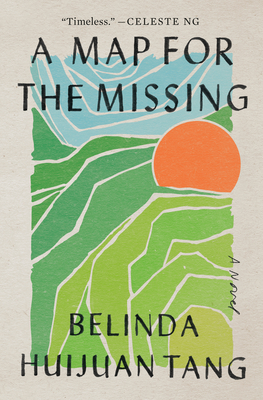
Asset mapping is an intentional focus on the assets in a community. Many groups utilize this process to increase knowledge and pride, foster connections, address community issues and to build stronger neighbourhoods. Sometimes the map will be comprised of all of the familiar assets and many institutional assets such as agencies. It will usually include the familiar businesses, places, groups and people.
I recently read a book, A Map For The Missing which is a captivating story of a man searching for his father who has not been seen for seven days. I won’t spoil the story but as he searches and navigates through much government bureaucracy, he realizes he hasn’t thought about what are the things he doesn’t know. I was struck that this could apply also to asset mapping.
Who are the people, groups, places, businesses that are missing. What are the associations such as the knitting group or the harmonica guild, or places such as the neighbourhood zoo or groups like the crossing guards that we haven’t included. We often identify only the usual suspects, but what, who and where are the not so usual suspects that we are missing?
If we think about a map for the “missing” then we can create a deeper richer more complete image of the assets that are present and so much more possibility.